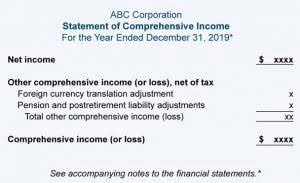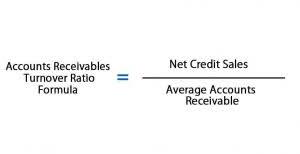
By using these notes, businesses can maintain accurate records and avoid errors in their accounting. In conclusion, debits and credits are essential terms in accounting that are used to record the financial effects of business transactions. They play a crucial role in the preparation of financial statements and help businesses keep track of their financial transactions.
Example of T-Account Entries
Operating costs are a type of expense so it is debited by £2000. As I’ve received the coffee machine, I’ve gained £700 worth of fixed assets (this account has been debited). If you remember from part 1 and part 2, we went through how every debit must have a matching credit and vice versa. The left-hand side is where you enter debits whilst the right-hand side is where you enter credits. Understanding the difference between credit and debit is essential for this process. These errors may never be caught because a double entry system cannot know when a transaction is missing.
What Are T Accounts and Why Do You Need Them?

Usually a person without a four-year or five-year accounting degree employed to record routine financial transactions for smaller companies. This means that the new accounting year starts with no revenue amounts, no expense amounts, and no amount in the drawing account. Asset, liability, and most owner/stockholder equity accounts are referred to as permanent accounts (or real accounts). Permanent accounts are not closed at the end of the accounting year; their balances are Airbnb Accounting and Bookkeeping automatically carried forward to the next accounting year. Accountants and bookkeepers often use T-accounts as a visual aid to see the effect of a transaction or journal entry on the two (or more) accounts involved. To decrease an account you do the opposite of what was done to increase the account.

Time-consuming for complex businesses

Expenses normally have debit balances that are increased with a debit entry. Since expenses are usually increasing, think “debit” when expenses are incurred. While debit accounting is the QuickBooks more commonly used method, credit accounting can be useful in certain situations. For example, credit accounting can be used to record revenue that has been earned but not yet received.

Debits are used to record increases in assets and expenses, while credits are used to record increases in liabilities, equity, and revenue. Understanding the difference between these two terms is essential for creating accurate financial statements and making informed business decisions. It exists to ensure that the total debits equal the total credits, indicating that all transactions have been recorded accurately.
- However, the company only recorded transactions that resulted in a debit balance of $9,000 to the cash account.
- That’s why accountants use T accounts specifically, but why do they do any of this at all?
- Another way to visualize business transactions is to write a general journal entry.
- Generally speaking, the balances in temporary accounts increase throughout the accounting year.
- Your truck costs 30,000 dollars and you make a 5,000 dollars down payment.
- If the employee was part of the manufacturing process, the salary would end up being part of the cost of the products that were manufactured.
Leveraging T Accounts: Practical Uses for Different Users
They’re super handy for both newbies and seasoned accountants to keep things clear and accurate. You won’t find T-accounts in single-entry accounting, where each transaction only hits one account. The second transaction will credit the accounts payable T account for $50 and debit the supplies account for $50. On account is saying that the supplies will be paid for later and that is why we increase accounts payable with a liability. Single entry systems cannot use T-accounts because they do not track the changes in account balances.
- In accounting, these transactions are recorded in the ledger, which is a book that contains all the financial transactions of a business.
- Equity accounts are important because they provide insight into the financial health of a company.
- It’s impossible to provide a complete collection of examples that addresses every financial transaction with the corresponding T account.
- The standard T-account structure starts with the heading including the account name.
- Debits and Credits are simply accounting terminologies that can be traced back hundreds of years, which are still used in today’s double-entry accounting system.
If that’s not the case, make sure to double-check your books as you’ve probably made an accounting error along the way. Company XYZ provides and collects $4,000 worth of repair services. Let’s check out some practical examples to put all of these accounting principles and T account rules into action. One of the fundamental principles of financial accounting is the T account. Think of it as a t accounts financial X-ray, giving loan officers a glimpse into the inner workings of a business. A surprising number of people uses these handy tools, and understanding their purpose can be a game-changer for your financial literacy.
- Still others use it when referring to nonoperating revenues, such as interest income.
- A debit is an entry that increases an asset or expense account or decreases a liability or equity account.
- T-accounts may fall short in scenarios requiring historical analysis or trend identification, such as identifying seasonality patterns or tracking changes in asset valuations.
- Although it may lack the detail which the ledger provides, it provides the main information, which is the amount it’s being debited/credited by.
- One of the most important asset accounts is the cash account, which represents the amount of money a company has on hand.
- In other words, debit and credit entries affect the balance sheet by changing the amounts of assets, liabilities, and equity.
Discover more from Accounting Professor.org

For example, if a company issued equity shares for $500,000, the journal entry would be composed of a Debit to Cash and a Credit to Common Shares. Another example of a contra account is the allowance for doubtful accounts. The allowance for doubtful accounts is used to reflect the fact that some customers may not pay their bills.


